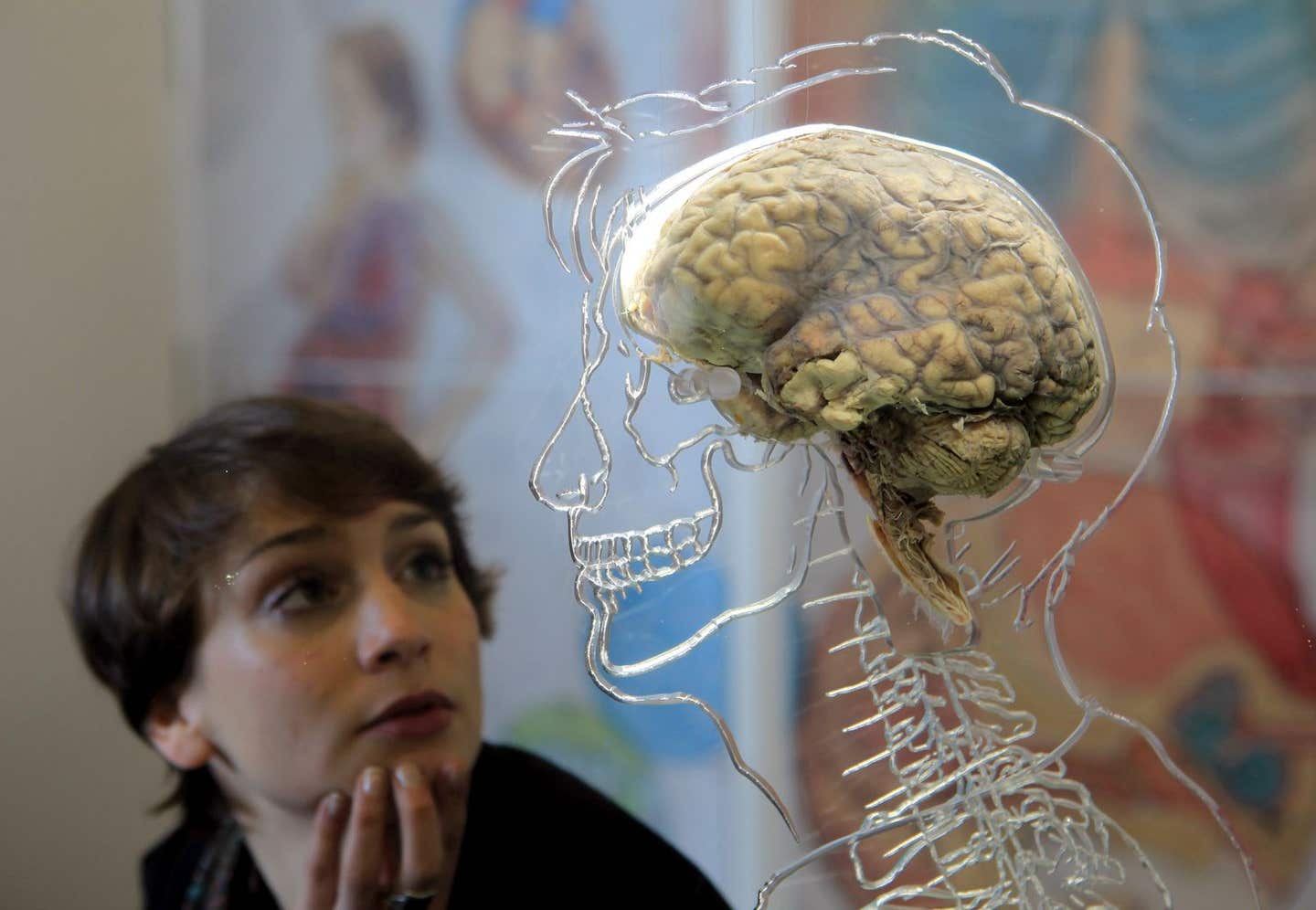Massive study upends long-held beliefs about brain evolution
This study significantly impacts our understanding of brain evolution, suggesting that the relationship between brain and body size is more complex than previously thought

Researchers analyzed brain and body sizes from around 1,500 species to address the controversy surrounding brain size evolution. (CREDIT: Creative Commons)
A recent study published in Nature Ecology and Evolution reveals that the largest animals do not have proportionally bigger brains, overturning long-held assumptions. Researchers from the University of Reading and Durham University analyzed brain and body sizes from around 1,500 species to address the controversy surrounding brain size evolution.
It has been commonly believed that larger animals possess proportionally larger brains. However, this study shows that the relationship between brain and body size is not linear. Professor Chris Venditti, lead author from the University of Reading, explains, "For more than a century, scientists have assumed that this relationship was linear – meaning that brain size gets proportionally bigger, the larger an animal is. We now know this is not true. The relationship between brain and body size is a curve, essentially meaning very large animals have smaller brains than expected."
Professor Rob Barton, co-author from Durham University, adds, "Our results help resolve the puzzling complexity in the brain-body mass relationship. Our model has a simplicity that means previously elaborate explanations are no longer necessary – relative brain size can be studied using a single underlying model."
The research presents a straightforward link between brain and body size in mammals, highlighting certain species that deviate from the norm. Among these outliers is Homo sapiens, which has evolved more than 20 times faster than other mammal species, resulting in the exceptionally large brains characteristic of humans. Yet, humans are not alone in this anomaly.
All mammal groups exhibited rapid shifts in brain size, both increasing and decreasing. For instance, bats significantly reduced their brain size early in their evolution but later experienced slow changes in relative brain size, likely due to evolutionary constraints related to flight.
The study identifies primates, rodents, and carnivores as the groups with the most notable rapid changes in brain size. These groups tend to show an increase in relative brain size over time, following the “Marsh-Lartet rule,” which contradicts the previously held belief that this trend was universal across all mammals.
Dr. Joanna Baker, co-author from the University of Reading, comments on the findings, "Our results reveal a mystery. In the largest animals, there is something preventing brains from getting too big. Whether this is because big brains beyond a certain size are simply too costly to maintain remains to be seen. But as we also observe similar curvature in birds, the pattern seems to be a general phenomenon – what causes this ‘curious ceiling’ applies to animals with very different biology."
This study significantly impacts our understanding of brain evolution, suggesting that the relationship between brain and body size is more complex than previously thought. By identifying the curve in this relationship, the research dispels the notion of a straightforward, linear progression of brain size with increasing body size. The findings indicate that various evolutionary pressures and constraints influence brain size, leading to the diverse brain-body size relationships observed across different species.
Note: Materials provided above by the The Brighter Side of News. Content may be edited for style and length.
Like these kind of feel good stories? Get the Brighter Side of News' newsletter.
Joseph Shavit
Head Science News Writer | Communicating Innovation & Discovery
Based in Los Angeles, Joseph Shavit is an accomplished science journalist, head science news writer and co-founder at The Brighter Side of News, where he translates cutting-edge discoveries into compelling stories for a broad audience. With a strong background spanning science, business, product management, media leadership, and entrepreneurship, Joseph brings a unique perspective to science communication. His expertise allows him to uncover the intersection of technological advancements and market potential, shedding light on how groundbreaking research evolves into transformative products and industries.



